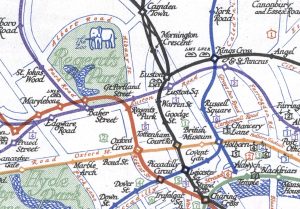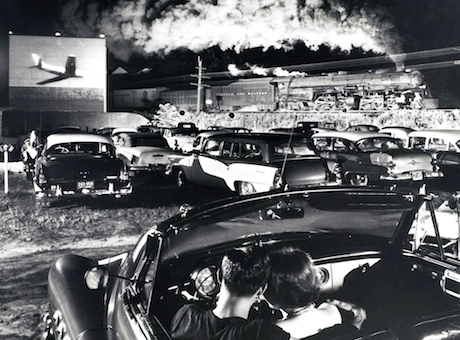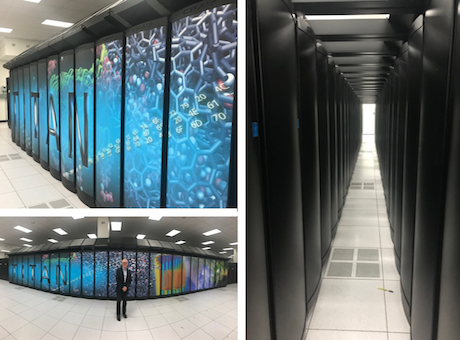SAS Forum 2018: avanti con advanced analytics e intelligenza artificiale – Inno3
Inno3SAS Forum 2018: avanti con advanced analytics e intelligenza artificialeInno3… e questo spiega la complessità di relazione tra modelli matematici e comprensione del comportamento umano, come presentata nel suo discorso da Hanna Fry, Lecturer in …
Continue reading »

 The Urban Transformations Consortium’s Conference on the theme of the ‘Good City’ was held in Oxford last week from April 18thto 20th. A variety of approaches to cities were presented with panel sessions devoted to healthy cities, shelter and ownership, …
The Urban Transformations Consortium’s Conference on the theme of the ‘Good City’ was held in Oxford last week from April 18thto 20th. A variety of approaches to cities were presented with panel sessions devoted to healthy cities, shelter and ownership, … 



 Infrastructure has become another hot word in post-industrial economies that are busy figuring out how they can renew all the physical plant that was constructed during their industrial past. The UK has established a National Infrastructure Commission amidst a flurry …
Infrastructure has become another hot word in post-industrial economies that are busy figuring out how they can renew all the physical plant that was constructed during their industrial past. The UK has established a National Infrastructure Commission amidst a flurry … 
 Visited the Urban Dynamics Institute (UDI) headed up Budhendra Bhaduri (Budhu) which is a rapidly growing effort in data-driven technologies applicable to cities. This group which is based at Oakridge National Labs which began life in the war years as part of …
Visited the Urban Dynamics Institute (UDI) headed up Budhendra Bhaduri (Budhu) which is a rapidly growing effort in data-driven technologies applicable to cities. This group which is based at Oakridge National Labs which began life in the war years as part of … 
 The IPHS (International Planning History Society) has conferred one of its 2018 book prizes on Trixi Haselberger’s edited collection of the thoughts and reflections of some 16 of us who gathered in Vienna in 2014. I myself am not keen …
The IPHS (International Planning History Society) has conferred one of its 2018 book prizes on Trixi Haselberger’s edited collection of the thoughts and reflections of some 16 of us who gathered in Vienna in 2014. I myself am not keen …